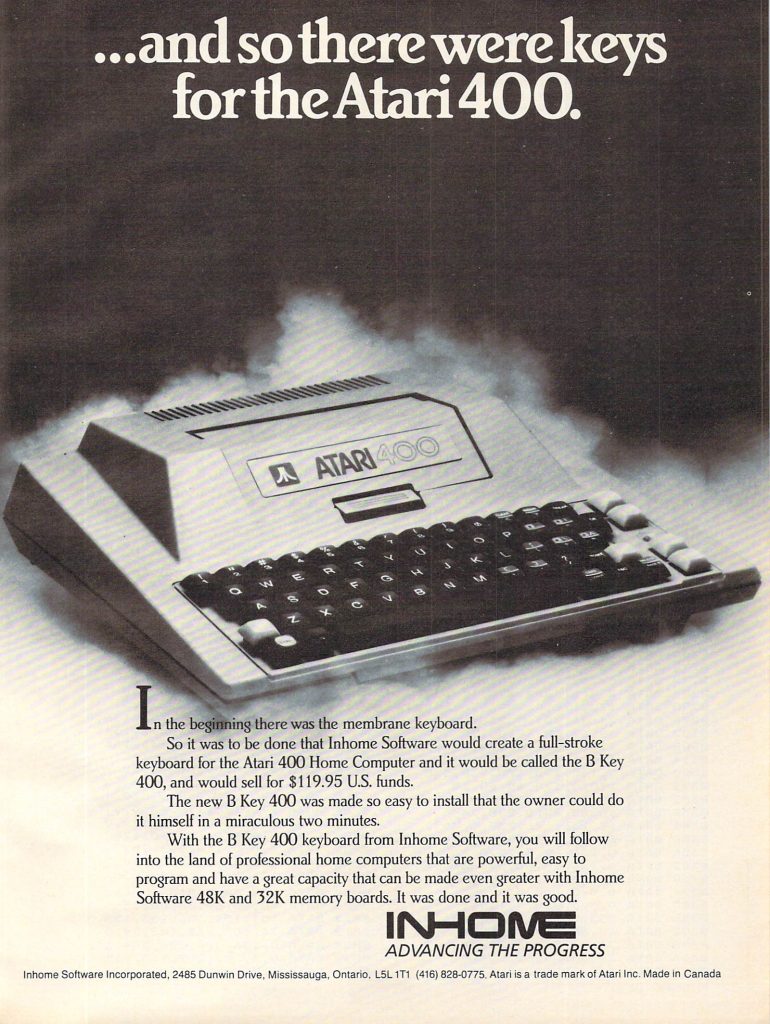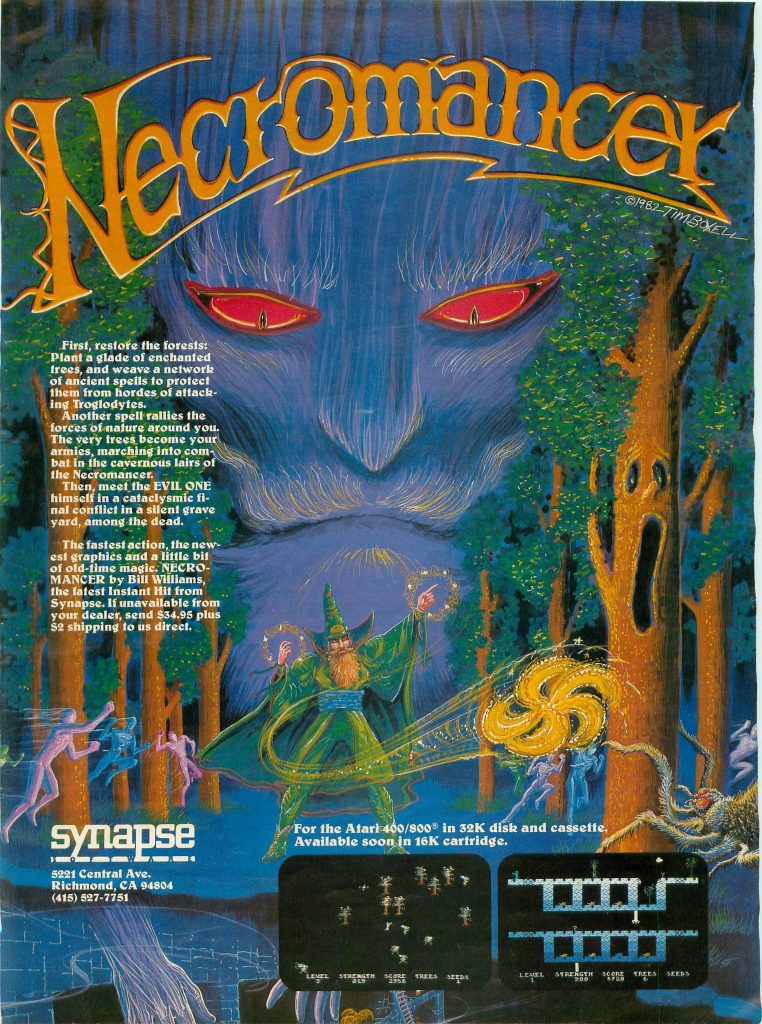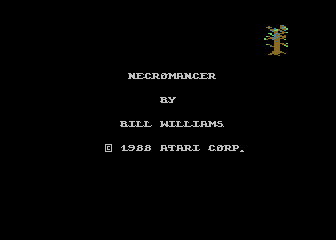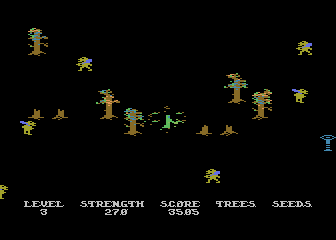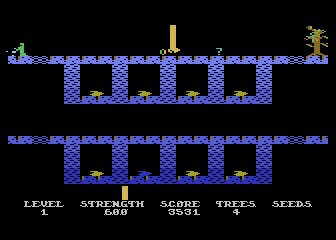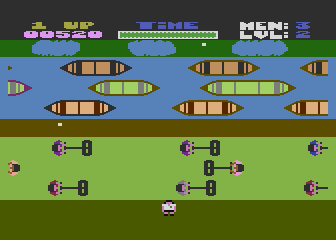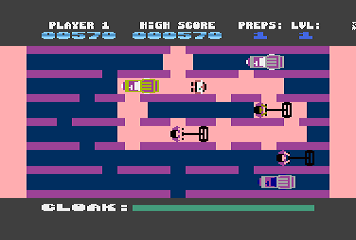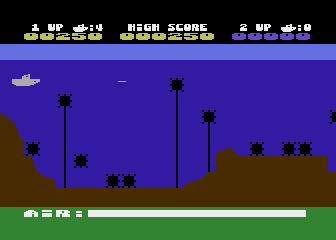Source: Compute! – Issue Number 35 – April 1983
The Atari 400 and Atari 800 were Atari’s first computers. They were similar in capability to the Commodore 64 which came out a little latar. Ultimately, they were not as popular as the Commodore 64 but that was due more to price than capability. Atari’s 8-bit computers were far more expensive than the Commodore 64. By the time they were able to match prices with Commodore, it was really too late.
Partly because of their expense, there were initially two models of the Atari 8-bit. The Atari 800 and the Atari 400. They were software compatible with each other but there were some subtle and not so subtle differences between the cheaper 400 and the more expensive 800. Other than price, the main differences were less RAM in the Atari 400 and a membrane keyboard. A membrane keyboard is tolerable if you are just going to play games but if you are going to be doing any substantial typing…programming, word processing, whatever…then it is completely impractical.
One type of upgrade that was common for a while for the Atari 400 were keyboard upgrades. These replaced the membrane keyboard with something closer to a ‘real’ keyboard that could actually be used for touch typing. These upgrades weren’t cheap for the time but I guess an Atari 400 plus keyboard upgrade was cheaper than an Atari 800 and if you already had a 400 anyway, it was substantially cheaper than buying a whole new computer. Even the much cheaper VIC-20 had a real keyboard but I guess the thing to keep in mind is that the Atari 400 was out several years before the VIC-20 and technology was moving fast and prices were falling faster.
The ad above is for one of several keyboard upgrades available for the Atari 400. This one is called the “B Key 400” and was produced by Inhome Software. This appears to have been a company based in Canada and the ad also mentions memory upgrades for the Atari 400. The ad itself is from the April 1983 issue of Compute!. Later in 1983 the Atari 800XL (replacement for the Atari 800) and Atari 600XL (replacement for the Atari 400) would be released, both with real keyboards and at lower price points so such upgrades were probably not practical for very long after this.
I owned both an Atari 800 and Atari 400 briefly in the late 1990s. My Atari 400 just had the original membrane keyboard so I don’t know how good these replacements really were. Like most things, I imagine some were better than others.
